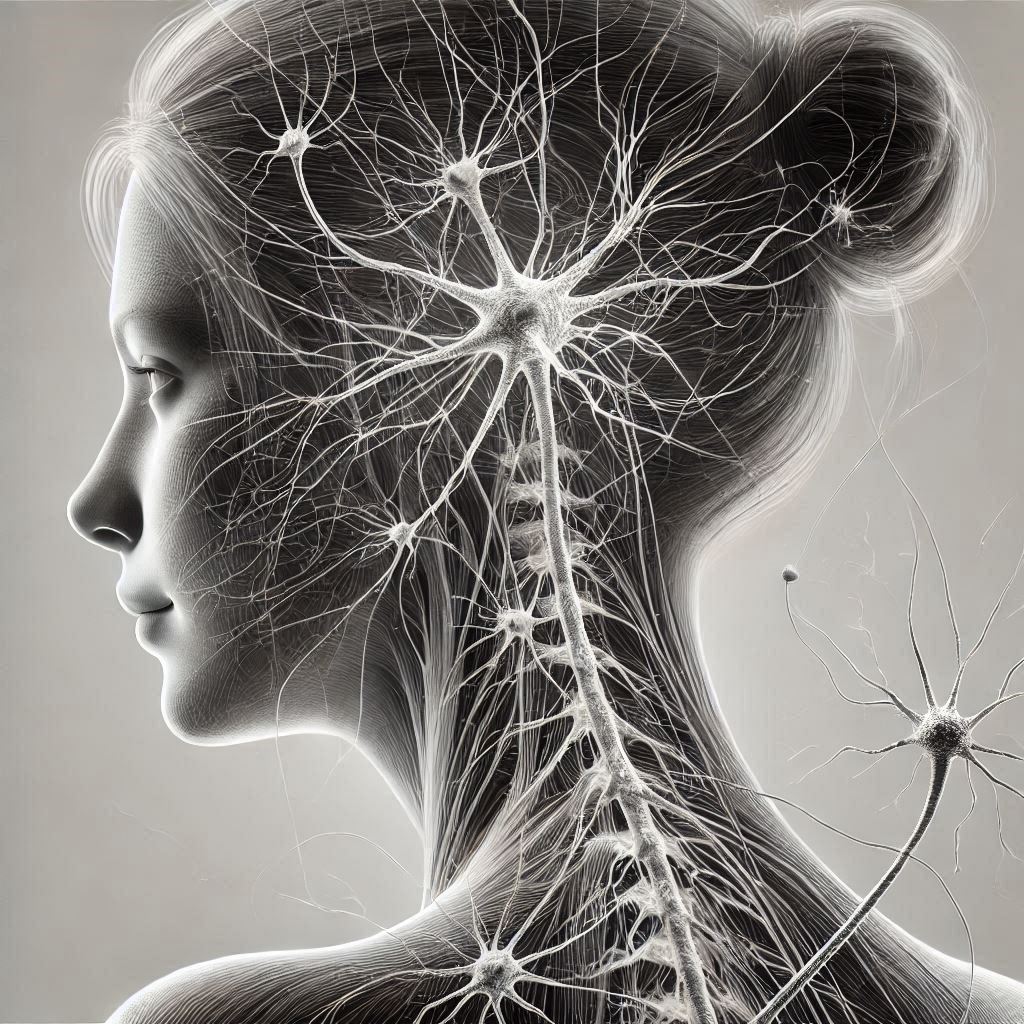Ever felt an overwhelming wave of anxiety wash over you out of nowhere? You might already know a bit about panic attacks, but panic disorder is something else altogether. Affecting millions around the world, this condition can strike unexpectedly and disrupt daily life. In this post, we’ll share 10 interesting facts about panic disorder to help you understand its impact, symptoms, and how it shapes the lives of those who live with it. Whether you’re curious or seeking to understand a loved one, these insights will provide a clearer picture of what panic disorder entails.
What is Panic Disorder?
Ever experienced a sudden surge of intense fear or discomfort that seemingly comes out of nowhere? This could be a panic attack, a key feature of panic disorder. When these episodes become recurrent and are accompanied by persistent worry about having more attacks, it may indicate a condition known as panic disorder.
Definition and Symptoms
Panic disorder is a type of anxiety disorder characterized by unexpected and repeated episodes of intense fear along with physical symptoms like heart palpitations, sweating, trembling, and shortness of breath. The main hallmark of panic disorder is the occurrence of panic attacks, which are sudden and can reach peak intensity within minutes. These attacks are often accompanied by a feeling of impending doom or a fear of losing control.
It’s important to distinguish panic disorder from general anxiety as panic attacks are more acute and intense, typically reaching a peak within a short duration.
Prevalence and Impact
Globally, panic disorder affects a significant portion of the population, with estimates indicating around 2-3% of individuals experiencing this condition at some point in their lives.
The impact of panic disorder extends beyond the individual level, influencing social interactions, work performance, and overall quality of life. Socially, individuals with panic disorder may avoid certain situations or places for fear of experiencing an attack, leading to feelings of isolation or limitation in day-to-day activities. Economically, the cost of seeking treatment, missed workdays, and reduced productivity due to the disorder can impose financial burdens on both individuals and society as a whole. Understanding the prevalence and impact of panic disorder is crucial in highlighting the importance of early identification and intervention to improve outcomes for those affected.
For more resources and information on panic disorder, consider exploring Anxiety and Depression Association of America and the National Institute of Mental Health.
10 Interesting Facts about Panic Disorder
Panic disorder, a mental health condition that goes beyond typical anxiety, presents a complex interplay of genetic, environmental, and psychological factors. Understanding the nuances of this disorder can shed light on its impact and management strategies for individuals affected. Here are 10 fascinating facts about panic disorder that unveil the layers of this challenging condition.
Fact 1: Genetic Predisposition
Genetic predisposition plays a significant role in the development of panic disorder. Studies show that individuals with a family history of anxiety disorders are more likely to experience panic attacks. Research indicates that specific gene variants may heighten the risk of developing this condition, highlighting the genetic underpinnings of panic disorder. You can read more about these genetic factors from the National Institute of Mental Health.
Fact 2: Triggers and Panic Attacks
Panic attacks can be triggered by various factors like stress, certain phobias such as social anxiety, and environmental stimuli like crowded spaces or loud noises. Understanding these triggers is crucial for managing and mitigating the intensity of panic attacks in individuals with panic disorder. The Anxiety and Depression Association of America offers more insights into common triggers and management strategies.
Fact 3: Association with Other Mental Health Conditions
Panic disorder often co-occurs with other mental health conditions, such as depression and generalized anxiety disorder. This overlap can complicate diagnosis and treatment strategies, emphasizing the importance of comprehensive mental health assessments for individuals presenting with symptoms of panic disorder. Learn more about the association between panic disorder and other mental health conditions at Mayo Clinic.
Fact 4: Age of Onset
Panic disorder typically manifests in late adolescence to early adulthood, with the average age of onset ranging from the late teens to the mid-30s. Early recognition of symptoms and timely intervention are critical in improving long-term outcomes for individuals experiencing panic disorder. For more information on early intervention, visit Mental Health America.
Fact 5: Gender Differences
There are notable gender differences in the prevalence and expression of panic disorder. While both men and women can develop this condition, women are more likely to be diagnosed with panic disorder. Understanding these gender disparities can inform tailored treatment approaches that address the unique needs of individuals based on their gender identity. For additional information, explore resources from the Cleveland Clinic.
Fact 6: Impact on Daily Life
The impact of panic disorder extends beyond the episodic nature of panic attacks, affecting daily activities, relationships, and overall quality of life. Individuals with panic disorder may struggle with social interactions, work performance, and emotional well-being, highlighting the pervasive influence of this condition on various aspects of life. Learn more about managing the impact on daily life at HelpGuide.
Fact 7: Treatment Options
Numerous treatment options are available for panic disorder, ranging from therapy, such as cognitive behavioral therapy (CBT) and exposure therapy, to medications like selective serotonin reuptake inhibitors (SSRIs) and benzodiazepines. A comprehensive treatment plan tailored to the individual’s needs is essential in effectively managing panic disorder. To explore treatment options in detail, visit the American Psychological Association.
Fact 8: Cognitive Behavioral Therapy Effectiveness
Cognitive behavioral therapy (CBT) has demonstrated efficacy in treating panic disorder by helping individuals identify and modify maladaptive thoughts and behaviors that contribute to anxiety and panic attacks. Techniques like relaxation training, cognitive restructuring, and exposure therapy are commonly used in CBT to empower individuals in managing their symptoms. For more on CBT, visit the Beck Institute for Cognitive Behavior Therapy.
Fact 9: Medication Management
Medications play a crucial role in the management of panic disorder, with antidepressants and anti-anxiety medications being commonly prescribed. These medications help alleviate symptoms of anxiety and panic attacks; however, they may also have side effects that require careful monitoring and management under the supervision of a healthcare provider. Discover more about medication management from MedlinePlus.
Fact 10: Coping Strategies and Lifestyle Changes
In addition to professional treatments, coping strategies and lifestyle modifications can aid individuals in managing symptoms of panic disorder. Techniques like deep breathing exercises, mindfulness practices, regular physical activity, and stress management can complement formal treatment approaches and enhance overall well-being for those navigating the challenges of panic disorder. For more on coping strategies, check out Psychology Today.
Conclusion
Understanding panic disorder is vital for anyone navigating this challenging condition or supporting someone who is. Panic disorder isn’t just about sudden, intense bouts of anxiety; it involves a complex mix of genetic, environmental, and psychological factors. Awareness and knowledge are the first steps in managing and overcoming the impacts of this disorder.
Key Takeaways
- Definition and Symptoms: Panic disorder is marked by recurrent panic attacks and a persistent worry about future attacks. Symptoms include heart palpitations, sweating, trembling, and a fear of losing control.
- Prevalence: Around 2-3% of people worldwide will experience panic disorder at some point. Its impact spans social, work, and financial aspects of a person’s life.
- Genetic Factors: A family history of anxiety disorders can increase the likelihood of developing panic disorder.
- Triggers: Stress, certain phobias, and specific environments can trigger panic attacks.
- Comorbidity: Panic disorder often occurs alongside other mental health conditions, like depression and generalized anxiety disorder.
- Age of Onset: Typically manifests in late adolescence to early adulthood.
- Gender Differences: Women are more frequently diagnosed with panic disorder than men.
- Impact on Daily Life: It can affect daily activities, social interactions, and overall quality of life.
- Treatment Options: Cognitive Behavioral Therapy (CBT), medications like SSRIs, and lifestyle changes can effectively manage symptoms.
- Coping Strategies: Techniques such as deep breathing exercises, mindfulness, and regular physical activity can complement formal treatments.
Seeking Help
If you or someone you know experiences symptoms of panic disorder, seeking professional help is crucial. There are many resources available, including therapy and medications that can significantly improve quality of life. Don’t hesitate to reach out to healthcare providers or mental health professionals.
Remember, acknowledging the problem and seeking help is a significant first step towards managing panic disorder. With the right support, it is possible to lead a fulfilling and balanced life.








